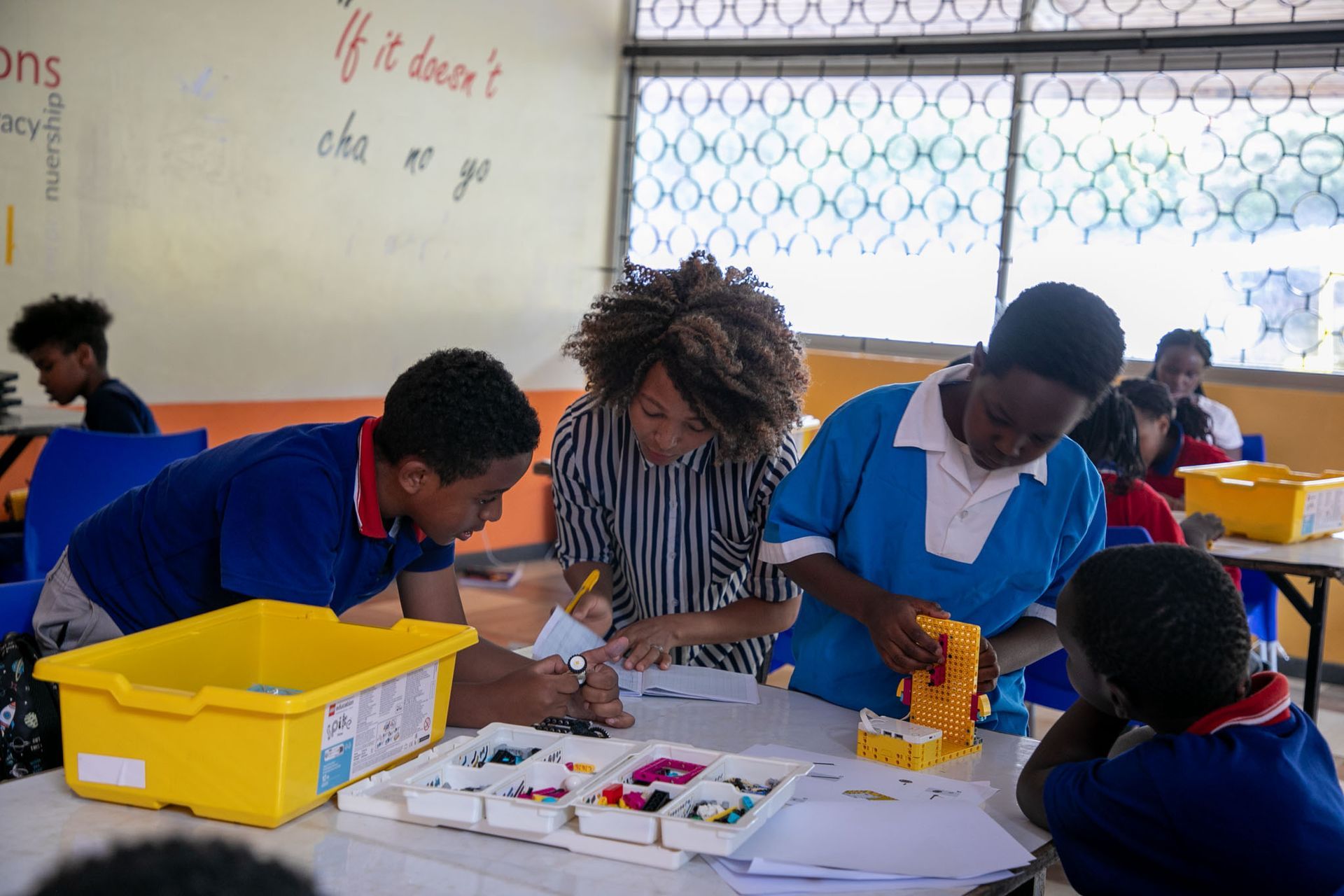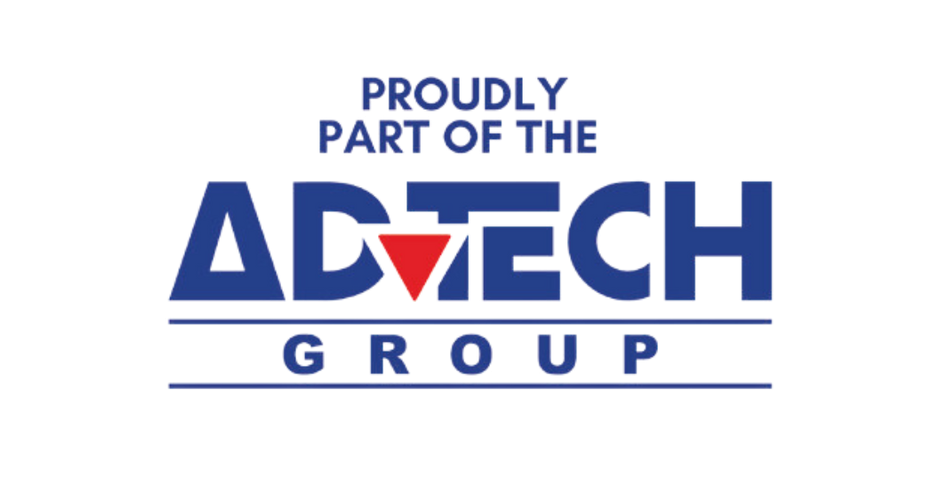Why You Should Teach Children the Value of Money
An individual’s ability to manage money effectively and make good decisions about finances does not just happen. It takes learning new habits, unlearning bad ones and relearning the right ones. For best results, learning ought to start early. Teaching children the value of money is a discussion that ought to start early and go on into adulthood.
Parents and guardians need to specifically teach children the value of money and financial responsibility in age-appropriate ways so that they can shape them into successful global citizens of the future. Showing children how to be financially savvy involves teaching them the basics such as how to budget, earn, spend, save and establish good money habits for life. Money management is a vital life skill and it is never too early to teach children about it.
Educationalist and personal finance journalist Beth Kobliner argued that children as young as three years old can grasp financial concepts like saving and spending. However, researchers at the University of Cambridge showed that children’s money habits are formed by age seven.
Other experts say that the best time to start understanding financial concepts is at age four. By age four, children will have started to develop the cognitive skills necessary to understand basic monetary concepts, such as identifying coins, counting and matching small amounts of money to items they want to buy.
There are four key concepts that are important when teaching children the value of money: That money does not grow on trees; there is a difference between wants and needs; some things are worth waiting for; and how to share their wealth.
The most direct route to learning about money is through play. Play-based opportunities such as make-believe shopkeepers together with the explanation that different amounts of money allow you to purchase different items is a unique way to teach young children about money.
It is also important to teach them that you can only spend as much as you have and that when it is gone, it is gone. Having a credit card does not mean there is an endless limit of cash in hand or that one can have everything their hearts desire. Teaching children the difference between wants and needs will be crucial in moulding their spending decisions as adults.
Starting now, when your child’s wants are smaller, builds a strong foundation for their future. Teach them also about sharing by encouraging them to give a portion of their money to charity or to the church. Use this to show them how to allow other children not as fortunate as they are to benefit from a giving heart.
In primary school, the best ways to teach children about money is through observation and mimicry, hands-on experience and play. Presenting theoretical ideas or top-down lectures is unlikely to yield the best result. Luckily, money is part of everyday life so it is easy to give them a real-life experience, say by taking them to the market to observe transactions.
Consider small jobs to promote the value of earning money. Pocket money is their first taste of financial responsibility. Giving your child a regular, set amount of money and the responsibility of paying for something they want gives them the opportunity to practice good money management habits.
It is also time to open a bank account with your child and keep in mind entrepreneurial ideas. For instance, you can challenge your child to collect your family’s recyclables and return them at the store for the deposit credit or start a sale from something they may be talented at such as baking, toy-making or crocheting. This teaches children that the small projects they embark on in different learning areas like Agriculture, Art and Crafts or Home-Science can be converted into money.
Encourage them to play games that teach them basic knowledge about trading, saving and borrowing money.
The teaching style should change when the child becomes a teenager. Whether your teen is earning money on their own or thinking about their future independent spending, you can help them manage money and learn to budget so that they can grow into fiscally responsible adults.
While under adult supervision, challenge them to take over household budgeting for one week and help them understand how important income and expenses are for being a responsible adult. Teach them to take responsibility for their money and spending habits. Keep the lines of communications open and talk to them about how you manage your income and what you need to budget for. This includes everyday bills, shopping, and anything you spend on them, such as clothing, and leisure trips. The point is to teach them the importance of saving even when there are many competing needs.
It is important to involve your child in family financial decisions such as birthday celebrations, starting a new family investment and other expenditures. They should know the financial implications of these projects on the available financial resources. That way they will know when to ask for what.
When it comes to managing finances, many teenagers mimic their parents’ behaviour. If you always save up to buy something, it is more likely that your child will do the same. So, if you want your children to develop good spending and saving habits, they need to see you making smart spending and saving choices.














